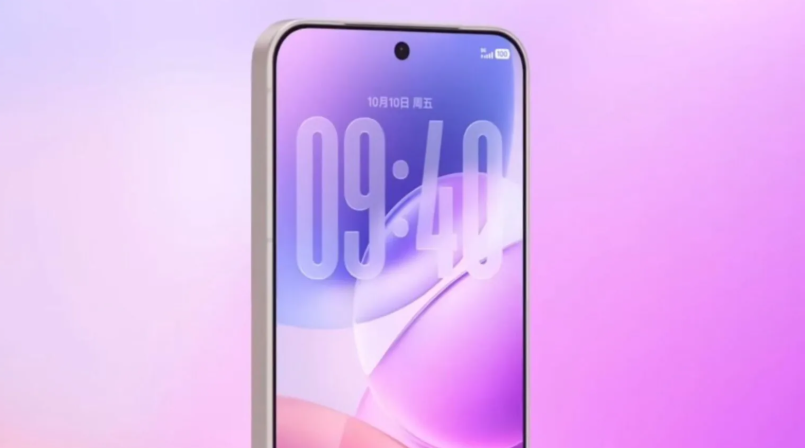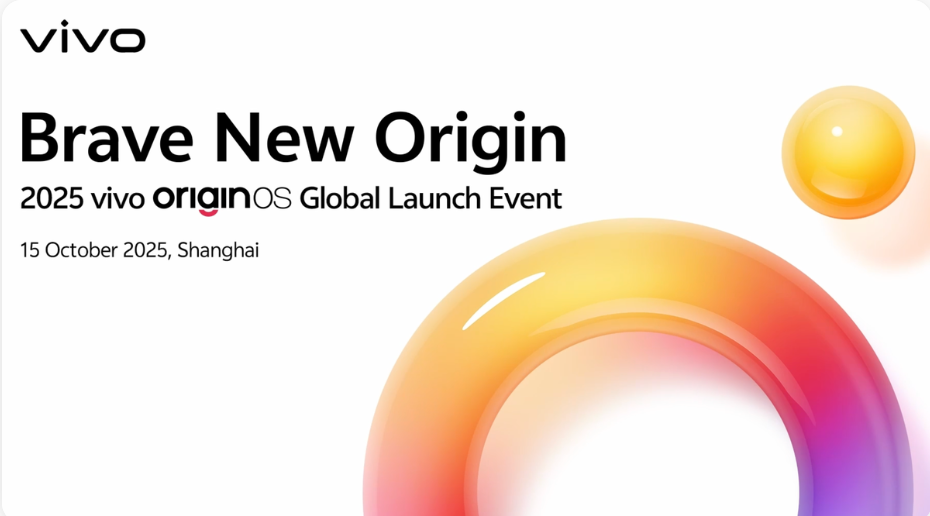It hasn’t even been a month since Apple released iOS 26, and already the design world has a case of déjà vu. The culprit this time? Vivo — the Chinese smartphone giant that just unveiled its brand-new OriginOS 6, a software update that looks suspiciously familiar to anyone holding an iPhone.
Apple calls its latest design language Liquid Glass — a shimmering, translucent style that feels alive, shifting with light and motion. It’s clean, fluid, and undeniably Apple. And now, Vivo has decided to take a sip from the same design well.
Liquid Glass or Liquid Copy?

In its promotional materials, Vivo insists that OriginOS 6 was “inspired by the fluidity of water.” That sounds poetic, sure — but after watching the demo video, it’s hard not to think that “fluid” might just be code for “familiar.”
Rounded icons? Check. Translucent surfaces and blurred backgrounds? Check. A glossy glass-like Control Centre and 3D wallpapers that tilt with your phone’s movement? Check, check, and check. Even the squircle-shaped app icons and the shimmering gradients seem lifted straight out of Apple’s design guide.
It’s not subtle either. The interface feels like someone handed an iPhone to a design team and said, “Make this, but call it Android.”
Vivo, for its part, says every swipe, slide, and tap in OriginOS “flows like water.” But for Apple fans, it’s more like watching iOS through a funhouse mirror.
A Familiar Trend: Android Follows, Apple Defines
This isn’t the first time an Android manufacturer has borrowed from Apple’s playbook — and it certainly won’t be the last. For more than a decade, Apple has set the visual tone for smartphones, and the rest of the industry has often followed.
Samsung has done it more subtly with One UI 8.5, but Vivo’s approach with OriginOS 6 feels almost shameless. The resemblance goes beyond looks, too. The system now includes Focus Modes, translucent notifications, and even a voice assistant animation that looks nearly identical to Siri’s.
It’s Apple’s world — Android just redesigns it.
Beyond the Look: Vivo Leans Into AI
To be fair, Vivo’s not only copying Apple — it’s also adding its own twist. Beneath the glossy interface, OriginOS 6 brings a handful of AI-driven features designed to make the experience feel smarter and faster.
There’s an AI photo tool that can remove unwanted objects from images, smoother UI animations that make the phone feel more responsive, and a refreshed voice assistant that Vivo promises will be “more human than ever.”
It’s clear Vivo wants to blend design inspiration from Apple with the AI-heavy ambitions sweeping the tech industry.
Why This Matters
The timing is interesting. Vivo is gearing up to launch its Vivo X300 FE smartphone and expand into the U.S. market — a big step for a brand that’s long thrived in Asia. But with OriginOS 6 looking this close to iOS, it’s hard not to imagine some raised eyebrows (and perhaps some legal notebooks opening) over in Cupertino.
At the same time, this move shows how influential Apple’s design philosophy still is. Even as AI becomes the new battleground, aesthetics continue to shape the story — and Apple still dictates what “beautiful software” means in 2025.
The Bigger Picture
In the end, Vivo’s new software feels like a mix of admiration and imitation — a compliment wrapped in controversy. Yes, it looks great. Yes, it feels fluid. But originality? That’s a tougher sell.
Then again, this is the tech industry. Innovation often starts with imitation, and the lines between inspiration and copying have always been blurry — just like Liquid Glass itself.
✍️ Written by Roni Benny
For TechMack News | October 2025
Also Read: Google’s New Foldable and Smartwatch Put AI at the Centre, Not Hardware





















